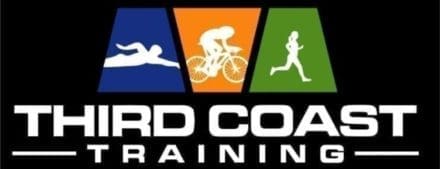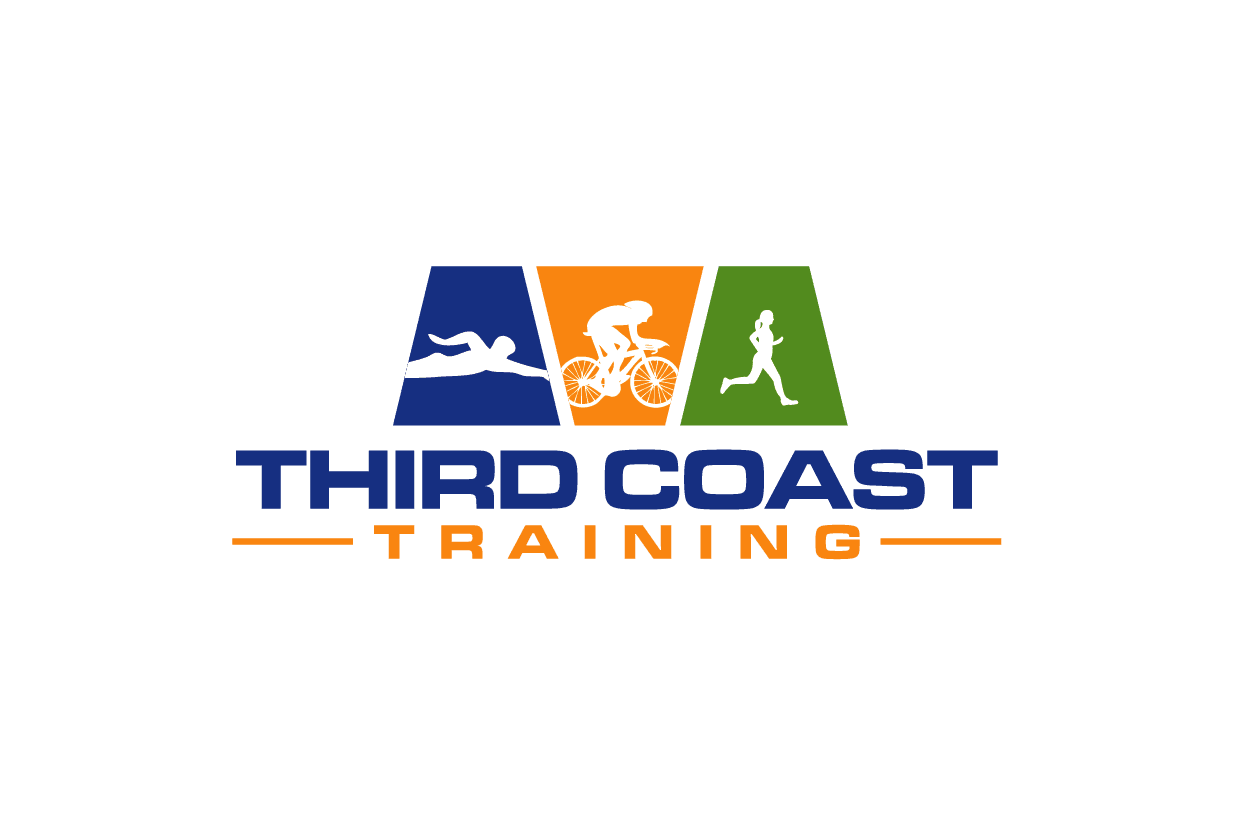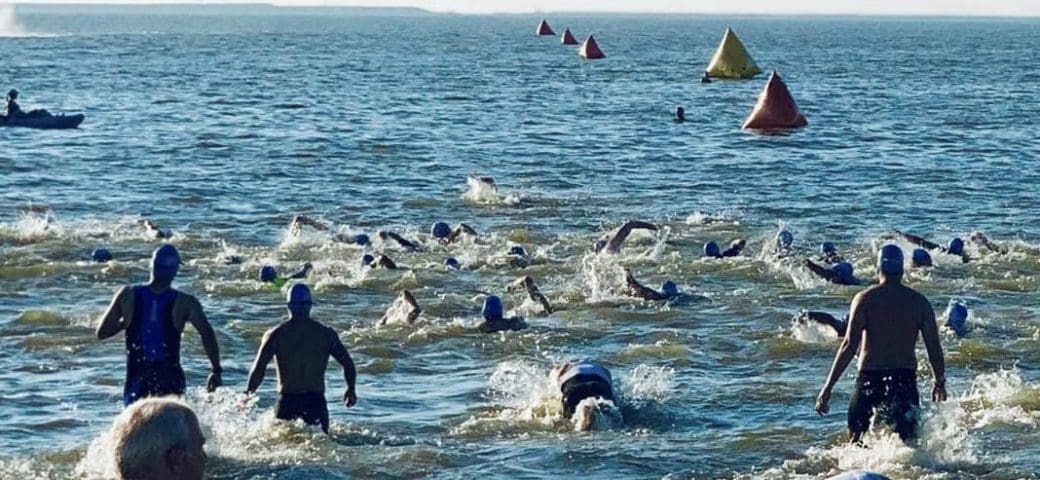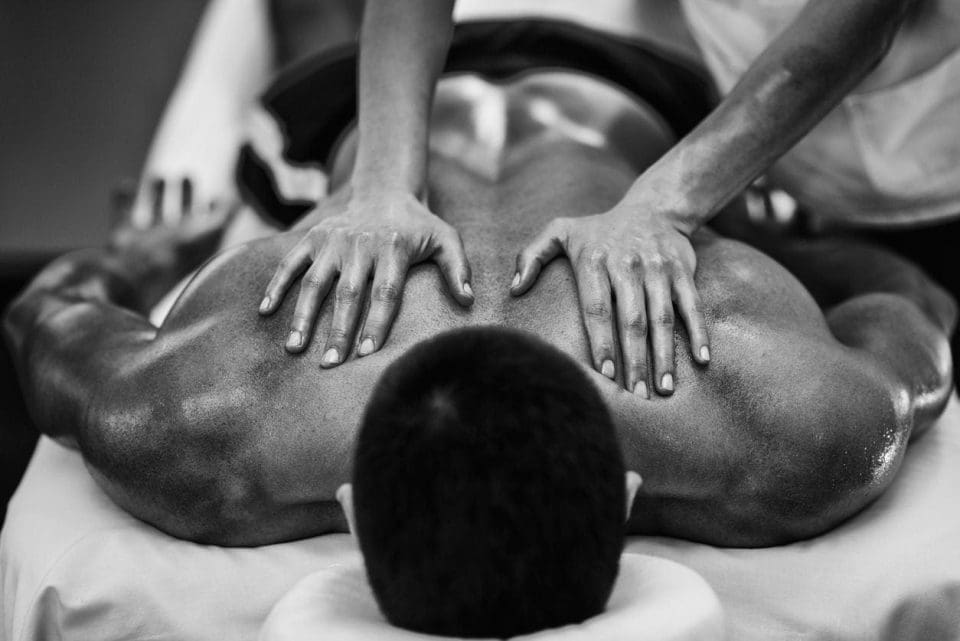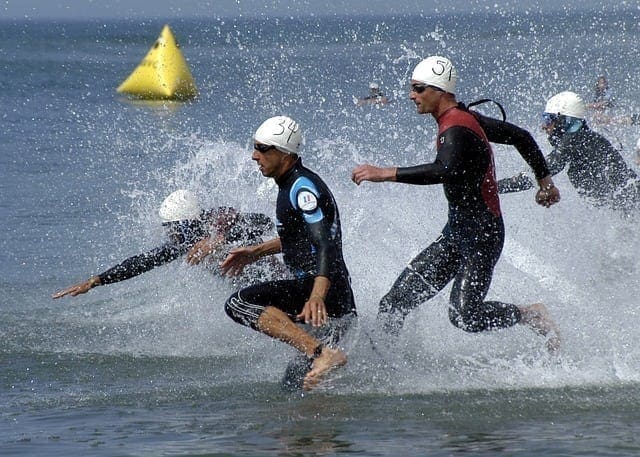
The Swim Stroke: A Guide for Triathletes
February 14, 2024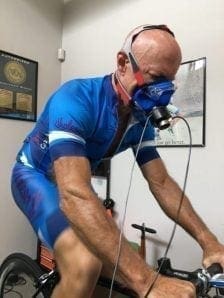
The Importance of a VO2 Max Test for Competitive Cyclists
March 19, 2024Importance of Swim Lessons for Triathlon Training
Are you ready to take on the challenge of a triathlon? Whether you’re a seasoned athlete or just starting out, mastering the swim portion is essential for a successful race. Triathlon swim lessons are specifically designed to help you develop the necessary skills and techniques needed to conquer the open water. With expert guidance and training, you can become a confident and strong swimmer, ready to take on any triathlon challenge.
Triathlon swim lessons play a crucial role in your overall triathlon training. Swimming is often considered the most challenging leg of a triathlon for many athletes. By taking swim lessons, you can improve your technique, endurance, and overall swim performance. These lessons provide you with the opportunity to work on your weaknesses and refine your strengths in a controlled and supportive environment.
Proper swim technique is essential for a successful swim leg in a triathlon. With the guidance of experienced coaches, you’ll learn the correct breathing techniques, efficient stroke mechanics, and strategies for navigating rough waters. These skills are crucial for conserving energy and maintaining a steady pace throughout the swim portion of your race.
In addition to technique, triathlon swim lessons also focus on building your endurance and speed in the water. Through a series of drills and training exercises, you’ll develop the necessary strength and stamina to swim longer distances at a faster pace. These lessons will push you to your limits and help you discover your full potential as a swimmer.
Benefits of Proper Swim Technique
Having a solid foundation of proper swim technique can greatly benefit your overall triathlon performance. Here are some key advantages of mastering the correct swim technique:
- Efficiency: Proper swim technique allows you to move through the water with less effort, conserving energy for the other legs of the race. This efficiency translates into improved overall race performance.
- Speed: A strong and efficient swim stroke helps you maintain a faster pace throughout the swim leg. With improved technique, you’ll be able to cover more distance in less time, giving you a competitive edge.
- Injury Prevention: By learning the correct body alignment and stroke mechanics, you can reduce the risk of swimming-related injuries, such as shoulder pain or muscle strain.
- Confidence: Mastering proper swim technique boosts your confidence in the water. When you feel comfortable and in control, you can focus on racing and achieving your goals without fear or anxiety.
Common Challenges Faced by Triathletes in the Swim Portion
The swim portion of a triathlon can be particularly challenging for many athletes. Here are some common difficulties faced by triathletes during the swim leg:
- Open Water Nerves: Swimming in open water can be intimidating, especially if you’re used to swimming in a pool. The lack of walls and the presence of waves and currents can cause anxiety and panic for some athletes.
- Crowded Start: Triathlon swim starts may involve a mass start, with all participants entering the water at once. Even with a seeded start this crowded and chaotic environment can be overwhelming, leading to collisions and disorientation.
- Sighting: In open water, there are no lane lines to guide you. Proper sighting, which involves lifting your head to look for markers, is crucial for swimming in the right direction. However, many triathletes struggle with maintaining their stroke while sighting.
- Drafting: Drafting, or swimming closely behind another swimmer to reduce drag, is a common strategy in triathlon swimming. However, it requires skill and practice to find the right position and maintain it throughout the race.
These challenges highlight the importance of triathlon swim lessons in preparing athletes for the unique demands of the swim portion. With proper training and guidance, you can overcome these obstacles and excel in the water.
Finding the Right Swim Coach or Instructor
When it comes to triathlon swim lessons, finding the right swim coach or instructor is crucial. Here are some factors to consider when choosing a swim coach:
- Experience: Look for a coach with experience in open water swimming and triathlon training. They should have a deep understanding of the specific techniques and strategies needed for triathlon swimming.
- Qualifications: Check the coach’s certifications and training credentials. A qualified coach should have certifications from recognized organizations, such as USA Triathlon or the American Swimming Coaches Association.
- Communication Style: A good coach should be able to effectively communicate instructions and provide constructive feedback. Look for someone who can adapt their teaching style to your learning preferences and goals.
- Track Record: Research the coach’s track record and client testimonials. A coach with a history of successful swimmers and positive feedback is a good indicator of their expertise and effectiveness.
- Availability: Consider the coach’s availability and schedule. Ensure that their availability aligns with your training needs and commitments.
Finding the right swim coach or instructor may require some research and trial sessions, but it’s an investment that will pay off in the long run. A knowledgeable and supportive coach can make a significant difference in your swim training and overall triathlon performance.
What to Expect During Triathlon Swim Lessons
Triathlon swim lessons are typically structured to address the specific needs and goals of triathletes. Here’s what you can expect during your swim lessons:
- Assessment: The first session usually involves an assessment of your current swim abilities and goals. The coach will evaluate your technique, speed, and endurance to determine areas for improvement.
- Technique Drills: Swim lessons often begin with a focus on technique drills. These drills isolate specific aspects of your stroke, such as body position, arm movement, or kick, allowing you to refine and improve your technique.
- Interval Training: Once you achieve a proficient swim technique adding Interval training is a common component of swim lessons. It involves alternating between periods of high-intensity swimming and recovery, improving your endurance and speed. Maintaining form is key.
- Open Water Simulations: To prepare you for the challenges of open water swimming, swim lessons may include simulated open water sessions. These sessions mimic race conditions, allowing you to practice sighting, drafting, and navigating through waves and currents.
- Video Analysis: Some coaches use video analysis to provide feedback on your swim technique. By recording and reviewing your swim strokes, you can gain a better understanding of areas that require improvement.
- Progress Tracking: Throughout your swim lessons, your coach will track your progress and provide regular feedback on your performance. This helps you stay motivated and aware of your strengths and areas for improvement.
- Race Strategy: Towards the end of your swim lessons, your coach may work with you on developing a race strategy for the swim leg of your triathlon. This includes pacing, sighting, and drafting strategies tailored to your abilities and goals.
By following a structured swim lesson plan, you’ll gradually improve your swim technique, endurance, and confidence in the water. Each lesson builds upon the previous one, helping you progress towards your triathlon goals.
Incorporating Open Water Swim Practice
While pool training is essential for building technique and endurance, incorporating open water swim practice is equally important for triathlon preparation. Open water swimming presents unique challenges that can only be fully experienced and overcome in a natural environment. Here are some tips for incorporating open water swim practice into your training:
- Location Research: Find local lakes, rivers, or beaches that permit open water swimming. Look for areas with lifeguards, designated swim zones, and facilities for a safe and convenient training experience.
- Safety Precautions: Prioritize safety when swimming in open water. Swim with a buddy or in a group, wear a brightly colored swim cap, and use a swim buoy for increased visibility. Familiarize yourself with local water conditions, such as water temperature, currents and tides. Know how to float on your back to recover if needed.
- Gradual Progression: Start with shorter distances in calm and controlled open water environments. Gradually increase your distance and practice in different conditions, such as waves or currents, as you gain confidence and experience.
- Sighting Practice: Open water swimming requires frequent sighting to navigate in the right direction. Practice lifting your head to sight while maintaining your stroke rhythm and body position. Incorporate sighting drills into your open water swim sessions.
- Race Simulation: As your race day approaches, incorporate race simulations into your open water swim practice. Mimic the conditions and distance of your upcoming triathlon, including the mass start, drafting, and sighting.
Open water swim practice allows you to adapt to the challenges of the open water environment and build confidence for race day. It’s an opportunity to practice your technique, navigation, and race strategy in conditions similar to what you’ll experience during a triathlon.
Overcoming Swim Anxiety and Building Confidence
Swim anxiety is a common issue among triathletes, especially those new to open water swimming. If you experience swim anxiety, here are some strategies to help you overcome it and build confidence in the water:
- Gradual Exposure: Start by swimming in controlled and familiar environments, such as a pool or calm lake. Gradually expose yourself to more challenging conditions, such as waves or currents, as you become more comfortable.
- Visualization: Visualize yourself swimming confidently and successfully completing the swim portion of your triathlon. Positive visualization can help reduce anxiety and build mental resilience.
- Breathing Techniques: Practice deep breathing exercises both on and off the water. Deep breaths can help calm your mind and body, reducing anxiety and promoting relaxation while swimming.
- Mental Preparation: Develop a pre-swim routine that helps you relax and mentally prepare for the swim leg. This routine could include stretching, visualization, or listening to calming music.
- Positive Reinforcement: Celebrate small victories and milestones during your swim training. Recognize and appreciate your progress, no matter how small, to build confidence and motivation.
It’s important to remember that overcoming swim anxiety takes time and patience. Be kind to yourself and focus on gradual improvement. With consistent practice and a positive mindset, you can conquer your fears and become a confident swimmer.
Swim Gear and Equipment for Triathlon Swimming
Choosing the right swim gear and equipment is crucial for triathlon swimming. Here are some essentials to consider:
- Swimsuit: Opt for a well-fitting swimsuit that allows freedom of movement and reduces drag in the water. Look for suits made of chlorine-resistant materials, especially if you plan to train in a pool.
- Goggles: Invest in a quality pair of goggles that fit snugly and provide clear vision underwater. Look for goggles with anti-fog and UV protection features.
- Swim Cap: A swim cap helps streamline your head and reduces drag in the water. It also provides some insulation and keeps your hair out of your face. Choose a cap that fits comfortably and is made of durable material.
- Wetsuit: In colder water conditions, a wetsuit provides insulation and buoyancy, improving your swim performance. Look for a wetsuit that fits snugly but allows freedom of movement in the shoulders and arms.
- Swim Fins: Swim fins can be used during specific training sessions to build leg strength and improve kicking technique. Choose fins that are comfortable and provide the right amount of resistance.
- Pull Buoy: A pull buoy is a flotation device that is placed between your legs during swim drills. It helps isolate your upper body, allows for the legs to take a break, and improve your arm pull and body position.
- Kickboard / Snorkel: A kickboard is a buoyant floatation device used during kicking drills. A snorkel can be used instead of a kickboard. Either swim tool helps isolate your legs and improve kicking technique and leg strength.
Remember to try out your gear and equipment during training sessions to ensure they fit comfortably and function effectively. Properly fitting and functioning gear can significantly enhance your swim performance and overall triathlon experience.
Conclusion: The Impact of Swim Lessons on Triathlon Performance
Mastering the swim portion of a triathlon is essential for a successful race. Triathlon swim lessons provide you with the necessary skills, techniques, and confidence to navigate the open water with ease. By focusing on proper swim technique, endurance training, and open water practice, you can improve your swim performance and overall triathlon results.
Swim lessons help you overcome common challenges faced by triathletes, such as open water nerves, crowded starts, and sighting difficulties. With the guidance of experienced coaches, you can develop efficient stroke mechanics, improve your endurance, and build confidence in the water.
Incorporating essential swim drills and open water swim practice into your training will further enhance your swim performance. By gradually exposing yourself to open water conditions, you can adapt to the challenges and build the necessary skills to excel on race day.
Overcoming swim anxiety and building confidence is a journey that requires patience and consistent effort. Wishing you many happy laps.
